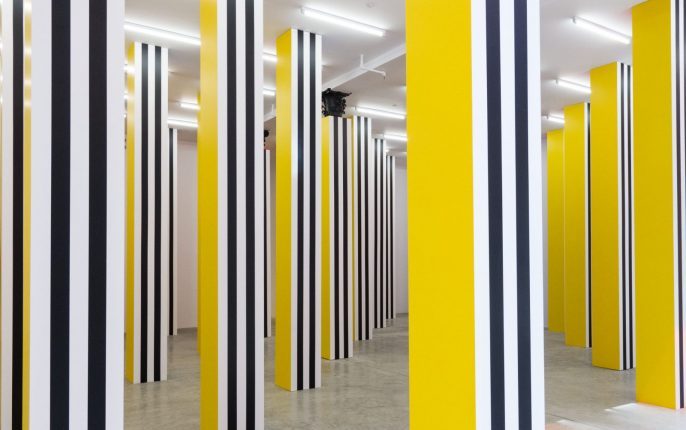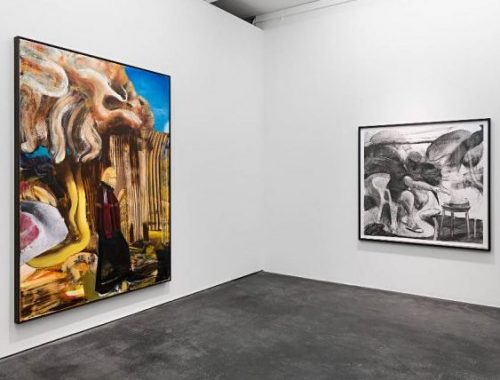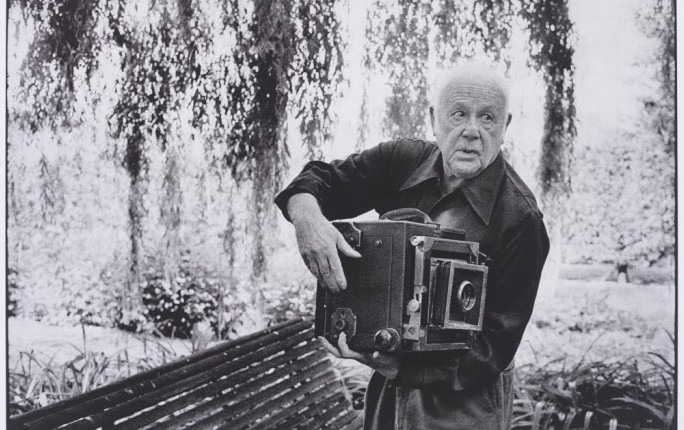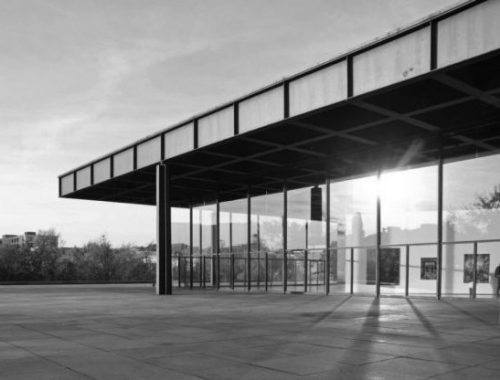
“WORKS IN SITU” DANIEL BUREN AT BORTOLAMI GALLERY NEW YORK
In his over 50-year career, Daniel Buren is best known for his use of contrasting stripes as a visual tool that reveals the specific features and dimensions of a site, often transforming the environment for which it was specifically designed.
He alters the perception and context of one’s surroundings by modifying the navigation of space, enhancing lighting, obstructing viewpoints, and highlighting certain architectural features. Buren constructs his work—much of which is temporary—in the architecture of both public and private spaces ranging from subway platforms to museums.
Work in situ – “denotes a work made for a particular site, for a particular time and exhibited in this particular site, and therefore not transportable to another place.” Buren has also identified himself as an artist who “lives and works in situ.”
Situated work – “a work for the most part inspired by a particular location, but made with the intention that the very same elements of the original work can be reinstalled in different sites following a series of rules, changing each time in response to the given place. In turn, the site is changed by the work.”
Visual tool – the sign of white and color alternating stripes of exactly 8.7 cm. in width, as derived from the fabric he first used as a canvas in 1965. This functions as a tool in Buren’s work, as a standard or unit of measure of formal properties. Significantly, it is also an intended sign that serves as a constant within the wildly variable parameters and juxtapositions of any and all in situ and situated work since 1965 without exception.
You May Also Like

ADRIAN GHENIE “I’VE TURNED MY ONLY FACE”
05/01/2021
PAUL STRAND _ PHOTO & FILM FOR THE 20TH CENTURY
27/08/2020

